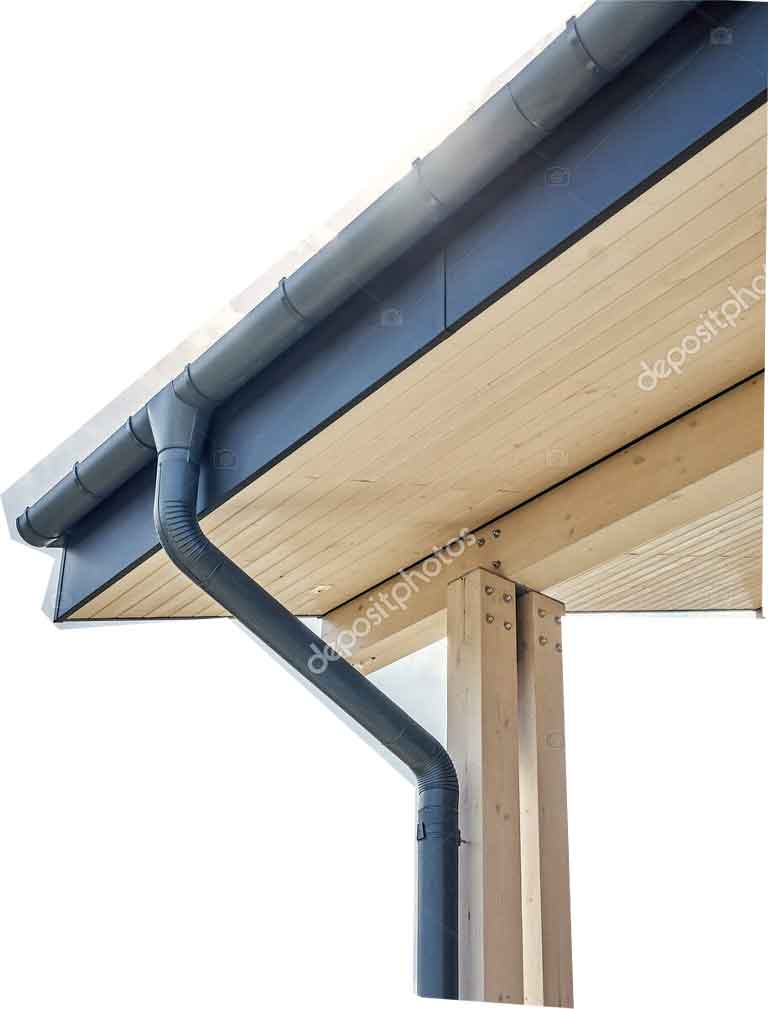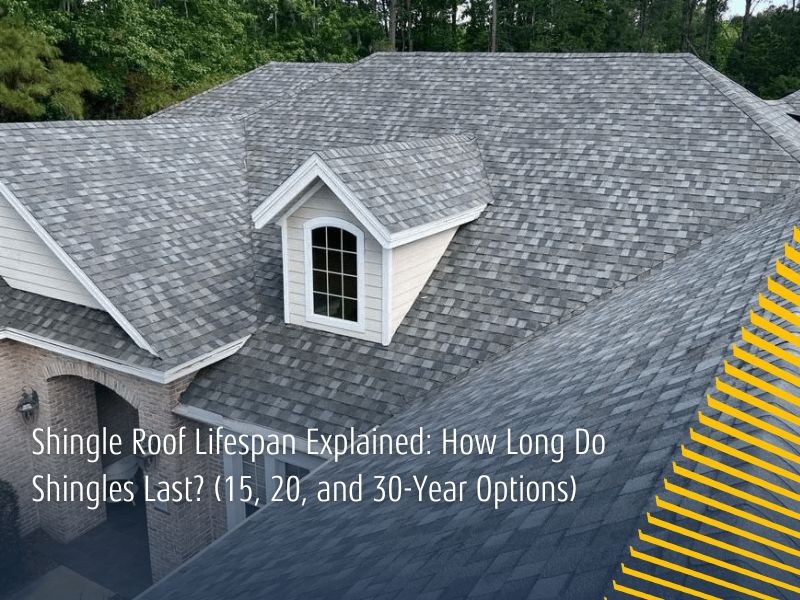Your roof is your home’s first line of defense against rain, wind, and sun. In Florida, the climate adds extra challenges, from frequent storms and high humidity to intense UV rays. Knowing the warning signs homeowners should watch for can mean the difference between affordable roof repair and costly structural damage. This article covers the top five signs your roof needs replacement, why a professional inspection matters, and how Florida homeowners can know when it’s time to replace their roof.
Whether you are concerned about leaks, sagging sections, or aging shingles, understanding the signs your roof needs attention will help you protect your home and make the right investment in a new roof.
Outline
- Why it is important to recognize signs your roof needs replacement
- What is the typical lifespan of a shingle roof in Florida
- Top 5 signs your Florida roof needs replacement
- How leaks and water damage indicate roof needs replacement
- Why sagging roof sections are a red flag
- Shingle granules and damaged shingles as warning signs you need a new roof
- Roof deck and insulation issues homeowners should watch for
- How Florida’s humidity, strong winds, and frequent storms affect roof aging
- Why regular inspections help protect your home
- Should you choose roof repair or full roof replacement
Why it is important to recognize signs your roof needs replacement
For every homeowner, knowing when to replace shingle roof systems is critical. A roof may appear fine from the outside but could be hiding structural damage beneath the surface. Water damage in the ceiling or walls, mold growth, and weakened insulation are all consequences of waiting too long.
The longer a homeowner ignores the warning signs, the more expensive repairs become. Delaying replacement can turn small roof repair projects into full roof replacement needs, which can put a strain on your budget and leave your house vulnerable to leaks. By learning the signs that your roof may need attention, you can take steps to keep your home safe and protect your investment.
What is the typical lifespan of a shingle roof in Florida
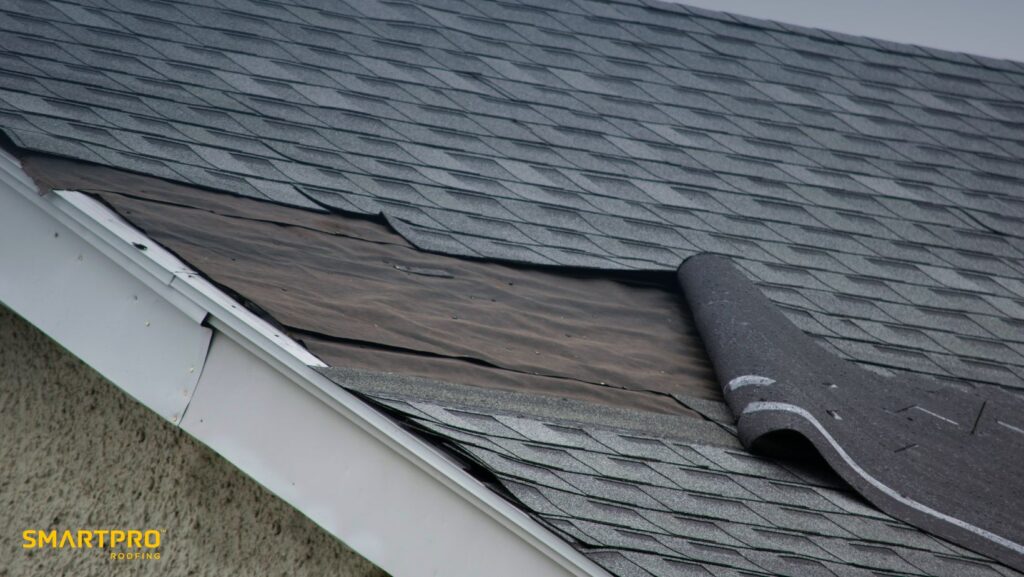
The lifespan of a shingle roof depends on roofing material quality, roof maintenance, and climate conditions. In many states, asphalt shingle roofs last 20 to 25 years. However, the Florida roof experience is different due to UV rays, humidity, and frequent storms. Here, roofs can show signs of roof damage much earlier.
A professional inspection every few years can help you know when it’s time to replace your roof before costly leaks develop. Even high-quality asphalt shingle materials can deteriorate faster in Florida’s harsh environment, which is why homeowners should pay close attention to red flag warning signs that indicate a roof needs replacement.
Top 5 signs your Florida roof needs replacement
There are common warning signs that tell homeowners it is time to replace their roof. The top five signs include:
- Frequent leaks and water stains
- Damaged shingles or missing shingles
- Sagging roof areas
- Granule buildup in gutters
- Roof aging beyond its expected lifespan
When you recognize these top five signs, it is easier to know when it’s time to replace your roof. Each of these is a sign of roof damage that can lead to expensive repairs if not addressed quickly. For Florida homeowners, frequent storms make these issues even more urgent.
How leaks and water damage indicate roof needs replacement
Leaks are one of the most obvious signs you need a new roof. A small leak may not seem like a big problem, but even one can lead to water stains, mold growth, and weakened roof decks. Signs of leaks include wet spots on ceilings or walls, damp insulation, and visible water stains.
In Florida, frequent storms and high winds make leaks more common. A roof that has multiple leaks or persistent water damage often means the roof needs to be replaced rather than patched. Roofs help protect your home only if they remain watertight, so any signs of leaks should be treated as a red flag that replacement may be necessary.
Why sagging roof sections are a red flag
A sagging roof is one of the most serious signs your roof needs replacement. When the roof deck begins to sag, it means the structure beneath the shingles has weakened, often due to water damage or age. A sagging roof can lead to structural damage that affects the entire house.
Florida’s humidity can worsen sagging roof conditions by allowing trapped moisture to rot wood and insulation. If you notice a sag in your roofline, it is a clear warning sign you need professional inspection right away. In most cases, sagging is not repairable with a quick fix and requires a full replacement to keep your home safe.
Shingle granules and damaged shingles as warning signs you need a new roof
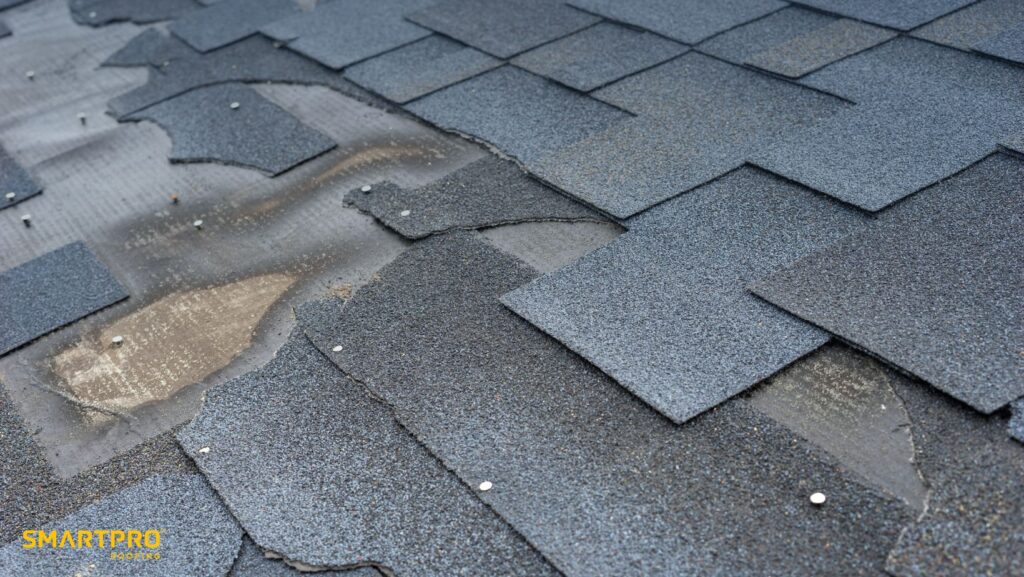
Asphalt shingles are coated with protective granules. When shingles age or suffer storm damage, granules begin to wash into gutters. A buildup of granules is a sign of roof aging and roof needs replacement.
Damaged shingles are another clear signal. Shingles that are cracked, curling, or missing leave your home exposed to leaks and UV rays. Asphalt shingle systems rely on their protective surface, so when granules are lost, roof lifespan shortens dramatically. These are signs that indicate it is time to invest in a new roof.
Roof deck and insulation issues homeowners should watch for
The roof deck is the base layer that supports shingles and roofing material. If it shows water damage or sagging, the roof may need replacement. Damaged insulation is another warning sign homeowners should not ignore. Wet insulation reduces energy efficiency and can cause mold growth inside your home.
When a professional inspection reveals roof deck damage, it often means full roof replacement is the safest option. Repairing surface shingles alone will not fix deeper structural problems. Paying attention to the condition of your roof deck ensures you avoid expensive repairs in the future.
How Florida’s humidity, strong winds, and frequent storms affect roof aging
Florida roofs face some of the harshest conditions in the country. Strong winds and frequent storms rip shingles loose, leaving gaps that invite leaks. Humidity accelerates mold growth and water damage, while UV rays shorten the lifespan of asphalt shingle systems.
A roof in Florida may need replacement sooner than in other states. Regular inspections can reveal signs of damage early. Homeowners who know when it’s time to replace their roof avoid emergency repairs after major storms. Understanding these environmental challenges helps you plan ahead for roof replacement before disaster strikes.
Why regular inspections help protect your home
Regular inspections are one of the best roof maintenance tips homeowners can follow. A professional inspection can identify signs of roof damage before leaks or sagging become major issues. Inspections also extend roof life by spotting damaged shingles and allowing for timely repairs.
The department of energy and environment suggests routine roof inspection as part of home care. In Florida, where frequent storms are common, professional inspection after major weather events is critical. Regular inspections keep your home safe, reduce expensive repairs, and help you know when it’s time to replace your roof.
Should you choose roof repair or full roof replacement
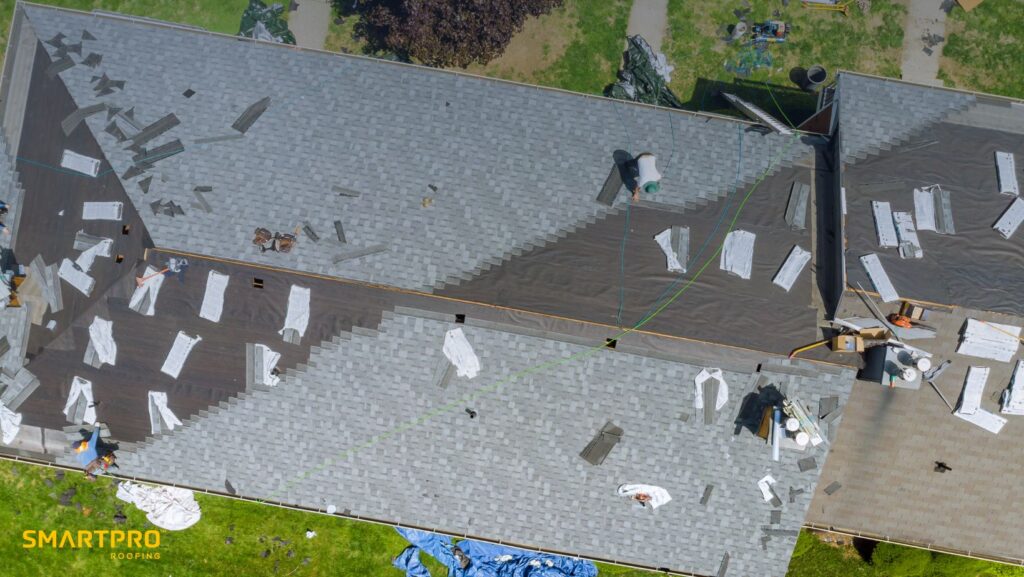
Homeowners often wonder whether roof repair will solve their problem or if a full roof replacement is needed. Minor roof damage like a few missing shingles can often be handled with roof repair. But when water damage, sagging roof sections, or widespread granule loss are present, a full roof replacement is the better long-term solution.
Knowing the difference between repair and replacement helps protect your home and your budget. If the roof needs to be replaced due to age, water stains, or multiple leaks, investing in a new roof now prevents more expensive repairs later. A professional inspection is the best way to decide between repair and replacement.
Summary: Key things to remember
- Florida’s climate shortens the lifespan of asphalt shingle roofs
- The top five signs of roof damage include leaks, sag, granule loss, damaged shingles, and roof aging
- Water damage and mold growth are signs your roof needs attention
- Sagging roof decks are a red flag requiring full replacement
- Regular inspections keep your home safe and extend roof life
- Knowing when to replace shingle roof systems saves money long-term
Get Started with Your Roof Today
Ready to see exactly what your new roof will cost and buy it entirely online without the sales pitch? Get your free SmartQuote today in just minutes through SmartPRO Roofing’s online platform: Get Your SmartQuote.



